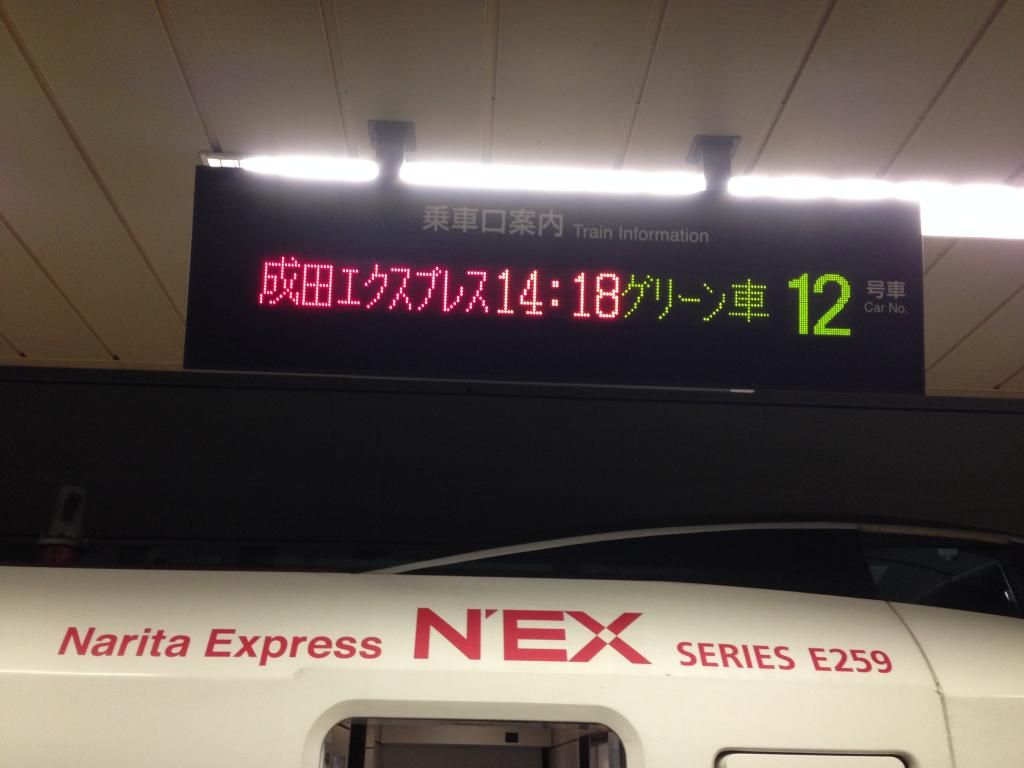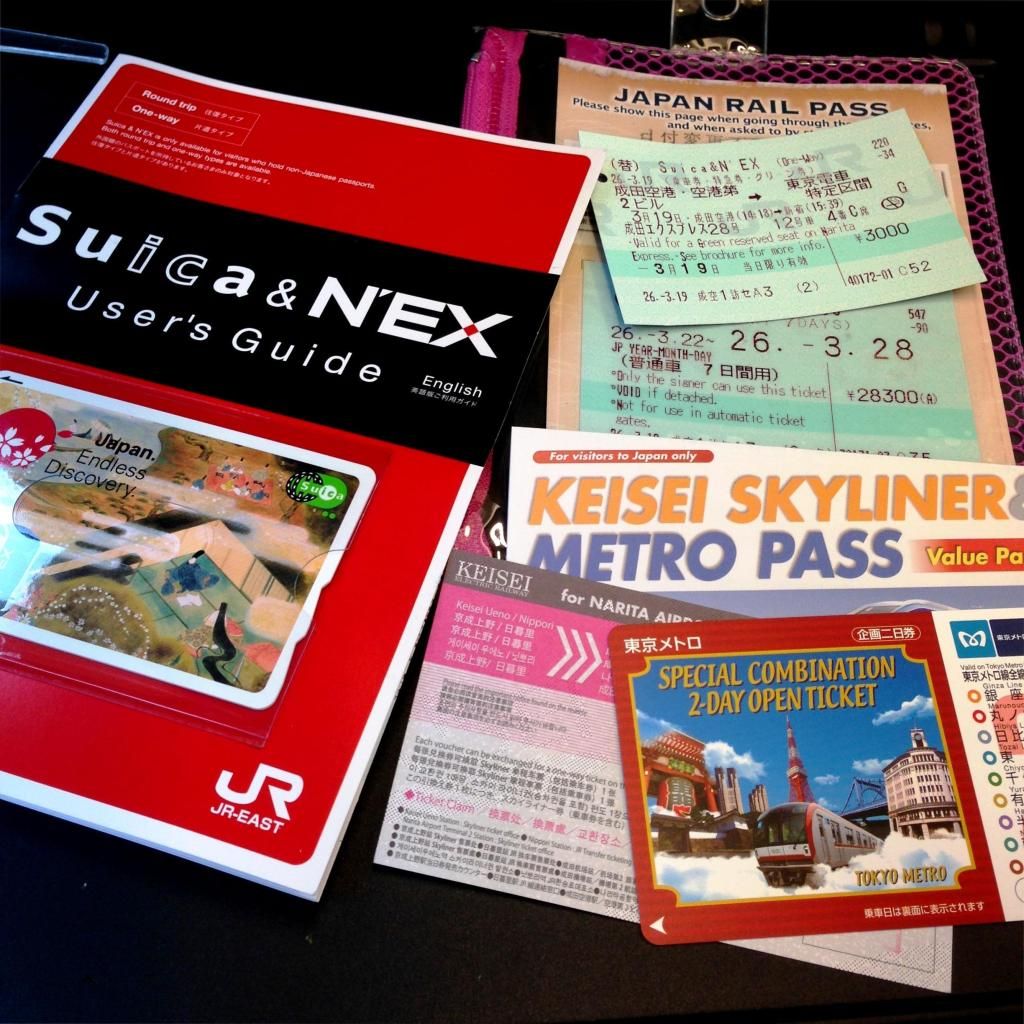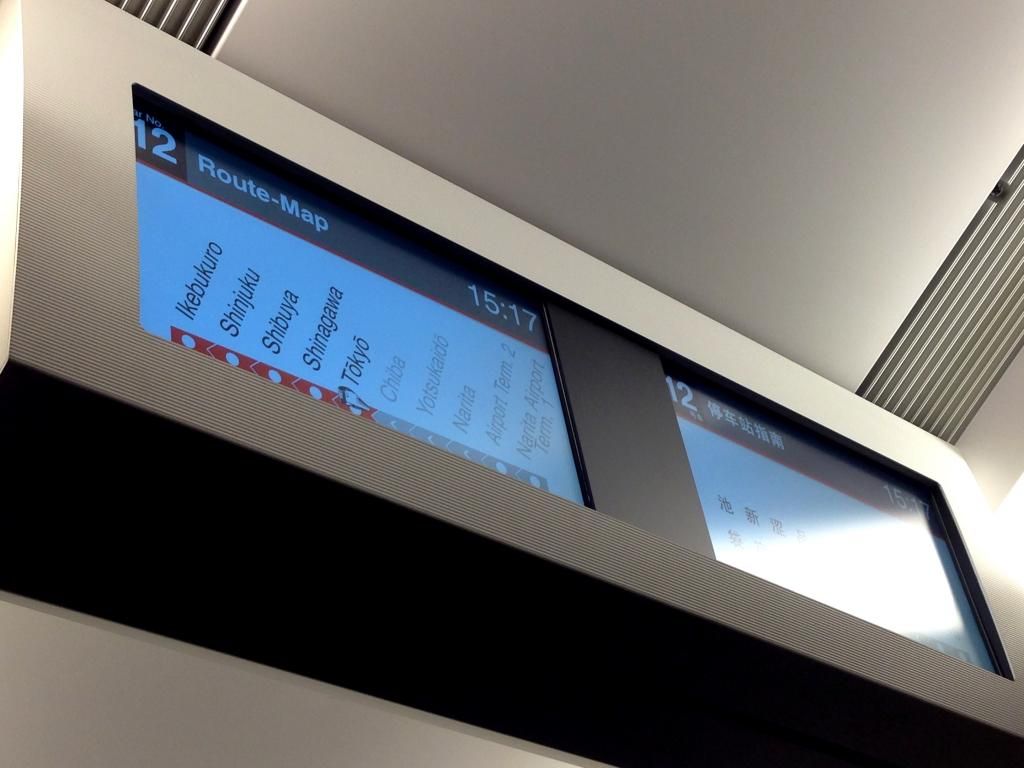2014 was an interesting year for me. After being introduced into Japanese culture since I was 14 years of age, I was finally able to make my first trip to the Land of the Rising Sun last year.
 |
| Img courtesy of xcomglobal.com.sg |
As someone who needs to have detailed planning before continuing with any plans (following through is something else though, guiltily), L and I made rather comprehensive research before the trip and planned out an itinerary with the objective to enjoy ourselves in a leisurely manner, i.e. no rushing from point to point, no mad tracking of time to ensure we adhere to the timing we state on the itinerary.
Because, what's the point of going for a vacation when it just feels like any other working/ school day of following tight schedules and meeting timelines?
 |
| Img courtesy of business2community.com |
Step 1: Decide where you want to go
First thing to do as with any other trips is to figure out where do you want to visit for this particular trip. Work out a rough list of regions and cities you will be visiting and note it down. After that is done, decide which region you want to stay in and how to get there from the airport.
 |
| Img courtesy of aftercollege.com |
Step 2: Find out what needs to be done before leaving your country
i. Decide on mode of transport after you leave the airport
There are several ways for one to get out of Narita Airport:
- By Taxi:
It is not difficult to get a taxi and it is definitely very convenient to travel to your hotel through one. However, last I checked, a one way taxi ride from Narita to Shinjuku will cost you ~JPY 22,000, that is about 250 Sing Dollars!
- By Limousine Bus: Adults ~JPY 3,100 (SGD 35), Children ~JPY 1,550 (SGD 17.50)
One can enjoy the comfort of sitting comfortably from start till end at a more earthly price with the limo bus. However, the limo bus schedules are pretty limited, and you may wish to check out whether the bus stops at your hotel (or a hotel near your hotel) before you purchase the tickets at the airport counter. Check out the details at their official website here.
- By Rail (Narita Express): Adults ~JPY 3,190 (SGD 36), Children below 11 at 50% off
We decided to travel with the Narita Express (N'ex) (click on link to go to their official webpage) and alight directly at Shinjuku (150 minutes ride). The rail service allows tourists to alight at various train stations (e.g. Shinagawa and Shinjuku) and is included in the JR Pass package.
- By Rail (Skyliner): Adults ~JPY 2,470 (SGD 36), Children ~ JPY1,240 (SGD 14)
We chose this mode on our return trip to the airport from Ueno station, as our JR Pass would have expired by then and we wouldn't be able to enjoy a free N'ex ride. This is the fastest route as it takes only 41 minutes to reach the terminal Check out the details here.
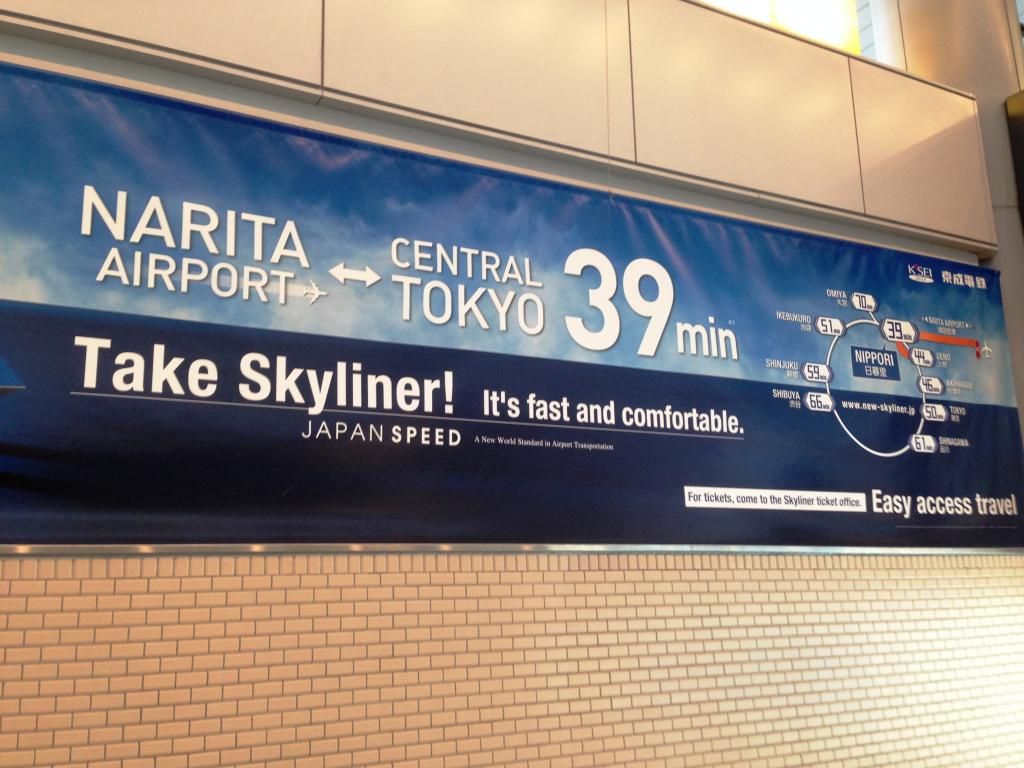 |
| Banner in the airport advertising the Skyliner |
ii. Booking flight tickets
We checked out the various avenues available for airport transfer to Shinjuku and made sure that the arrival time is within Tokyo's public transport operating timings.
We then booked tickets from Delta Airlines which depart Singapore at approximately 5am, and reach Narita Airport at 1pm Japan time, GMT +9 (12 noon Singapore time, GMT +8).
iii. Purchasing Japan Rail (JR) Pass
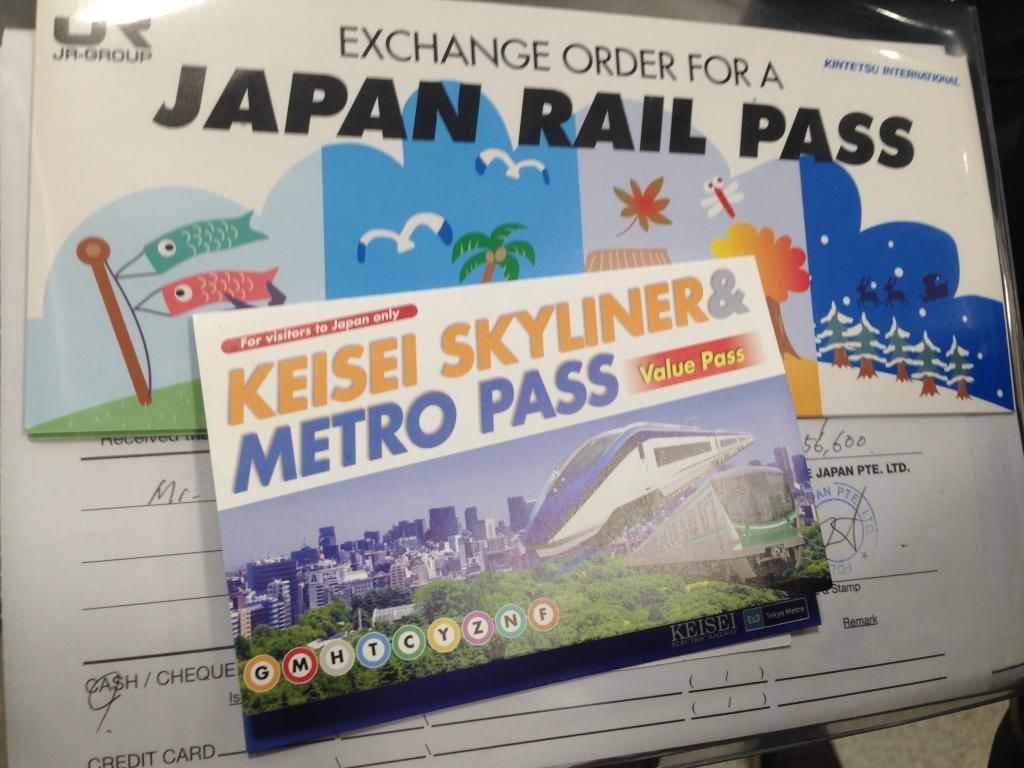 |
| Exchange order for JR pass (purchased in Japanese Yen) |
We then proceeded to purchase the JR Pass exchange order from an authorised agent before the trip as one cannot purchase it within Japan. For Singaporeans, you may wish to check out Japan National Tourism Organisation (JNTO) Singapore office webpage (linked) for the prices and a full list of agents where you can purchase the pass from. More information on validity and use of JR pass can be found in the same link as well.
Do note that JR pass is only valid for foreigners who are visitng Japan as a 'temporary visitor' (i.e. not for studies or work) or for Japanese nationals who are permanent residents or married to a foreigner and staying in the foreign country.
I would recommend one to do the calculation of transport costs as many people have told me that their itinerary doesn't require them to get a JR Pass. You may wish to use Hyperdia to do your costing planning (I love this website!).
Step 3: After you touch down and your adventure starts
Upon arrival, we made our way to the skyliner counter to get our tickets for the trip back to Narita Airport. If you are keen to get the skyliner pass, you will see this counter at the arrival hall, after you have cleared the necessary procedures:
 |
| Img courtesy of mcha-jp.com |
For us, we purchased the one way Keisei Skyliner and 2-day Metro Pass Package. The lady at the counter told us that we cannot book the timeslot and obtain the ticket from them, instead, I would have to go down to either Nippori or Ueno station to do the booking. The 2-day metro pass will be valid for two consecutive days after your first use.
Our next stop was the JR East Travel Service Centre:
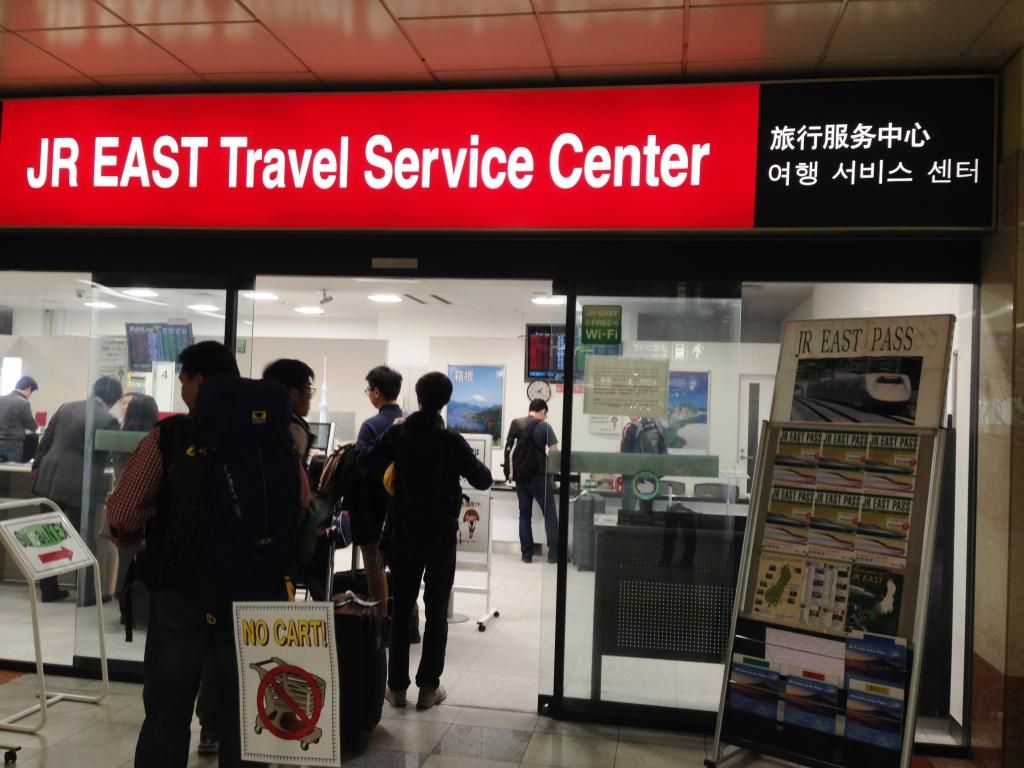 |
| Yes, this was the queue, but it cleared pretty fast |
We got ourselves the one way N'ex and Suica Package. The Suica is their transport cash-card, or in Singapore terms, the ezlink card equivalent. The Suica comes in handy if you need to purchase food or drinks at a convenience store but found yourself lacking in cash.
The N'ex and Suica (with pre-stored value of JPY2,000) Package, the 7-day JR Pass, the Keisei Skyliner Exchange ticket (you have to bring this ticket to the Keisei Service counter at Ueno or Nippori Station to reserve seats), and the 2-day Metro pass.
[After-note] In the end, we had under-utilised our metro pass (as some places are more accessible via the JR), and we are pretty sure that we will definitely not get this package the next time we go back to Japan.
Leaving the Airport
Look for the signboards that will lead you to the train platform.
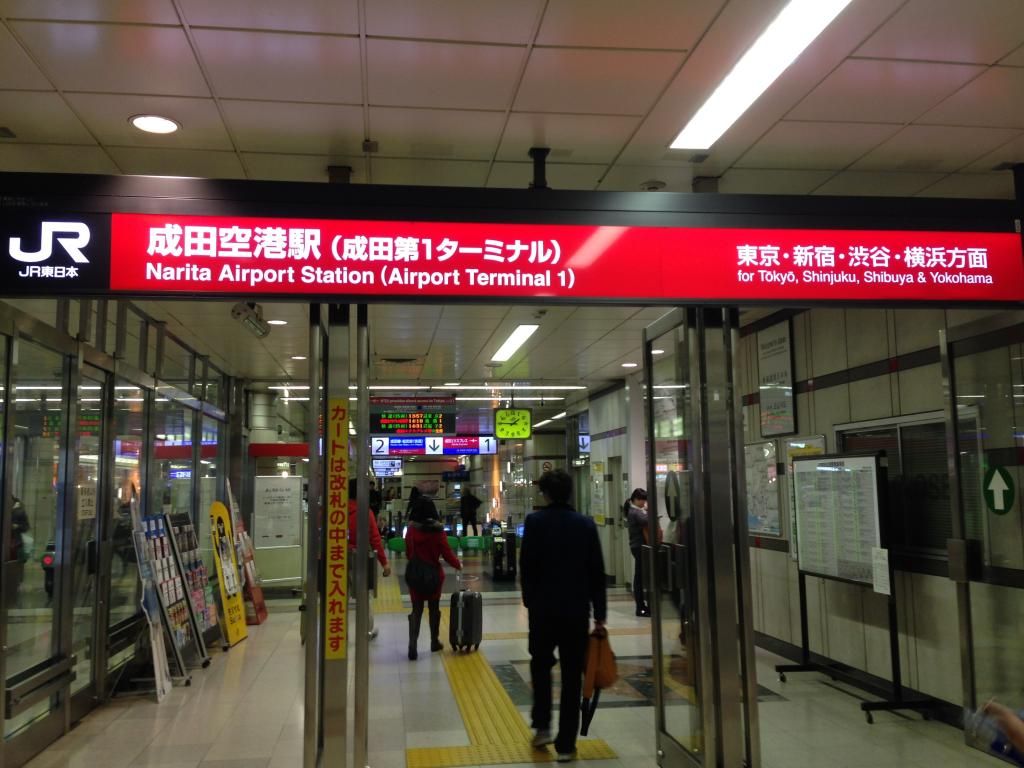 |
| You can't go wrong following these signboards in the airport |
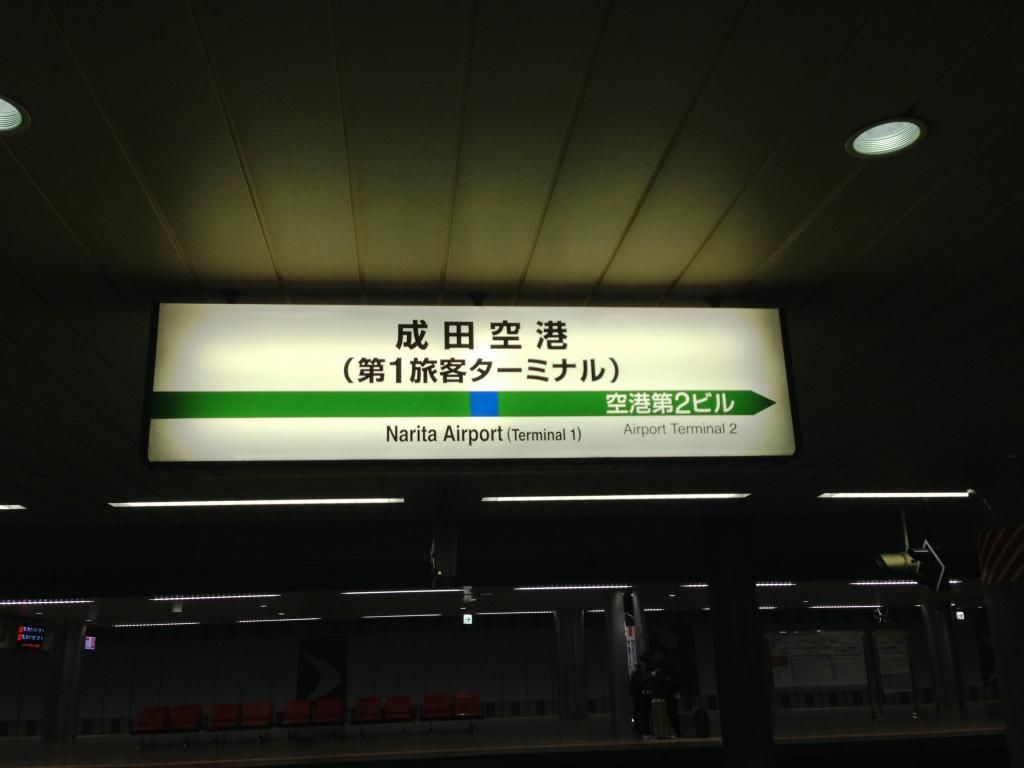 |
| Hands trembling with excitement while sniffing Japan's air |
If you reach the platform with some time allowance before boarding, take some time to look at the products sold in the kiosk at the platform. There are also vending machines available.
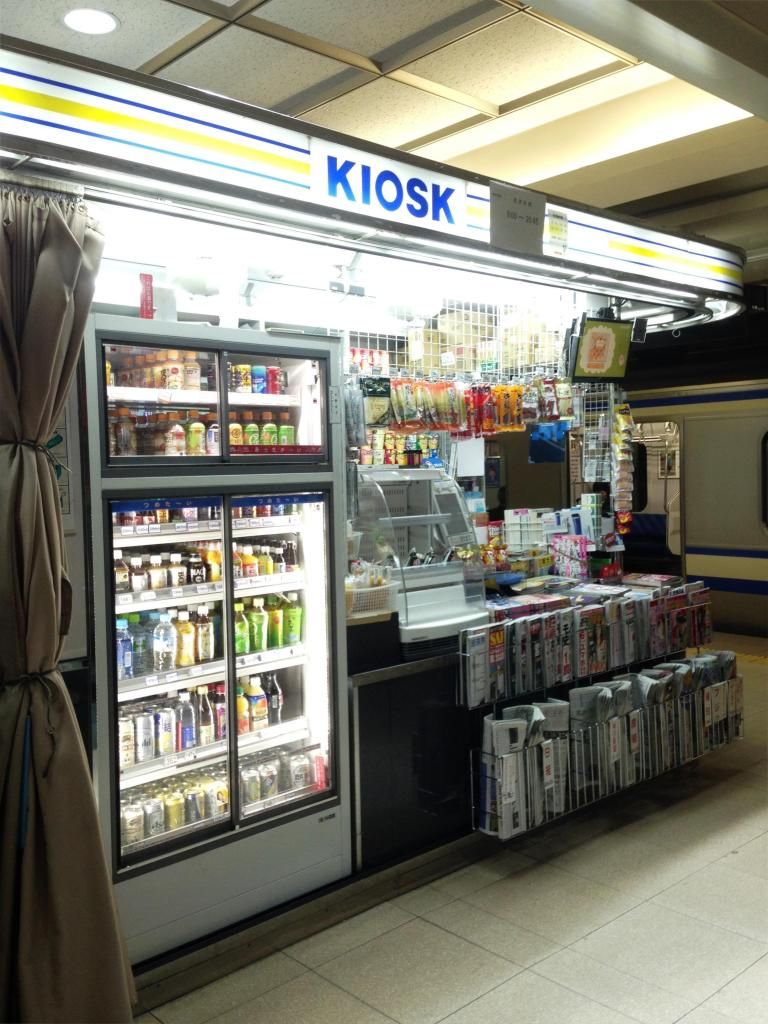 |
| Typical Kiosk in Japan's stations and platforms |
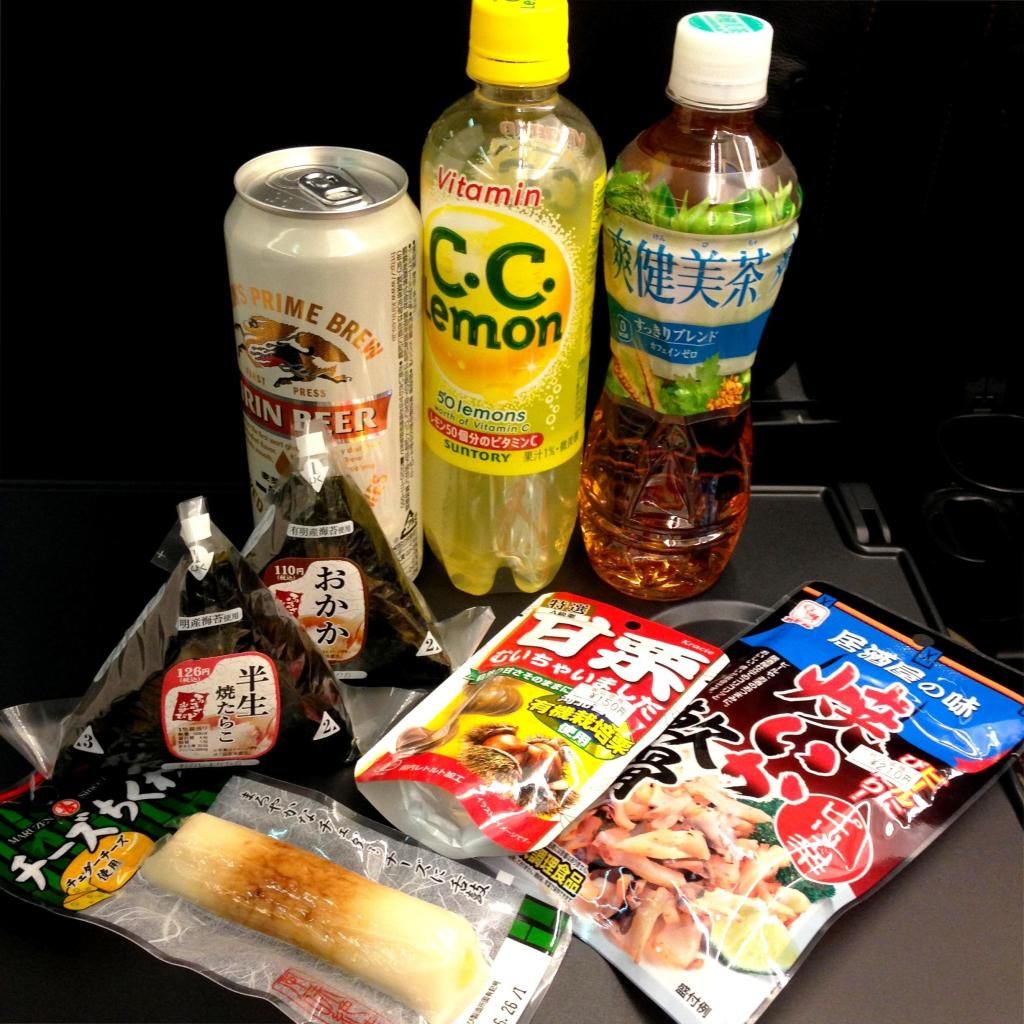 |
| From tea to beer to snacks to riceballs... |
On the Narita Express
This was the route N'Ex followed to Tokyo:
The premium carriage come with fully reclining leather seats, retractable tables, and a really spacious restroom.
 |
| Empty carriage made us feel like we have booked the place for ourselves! |
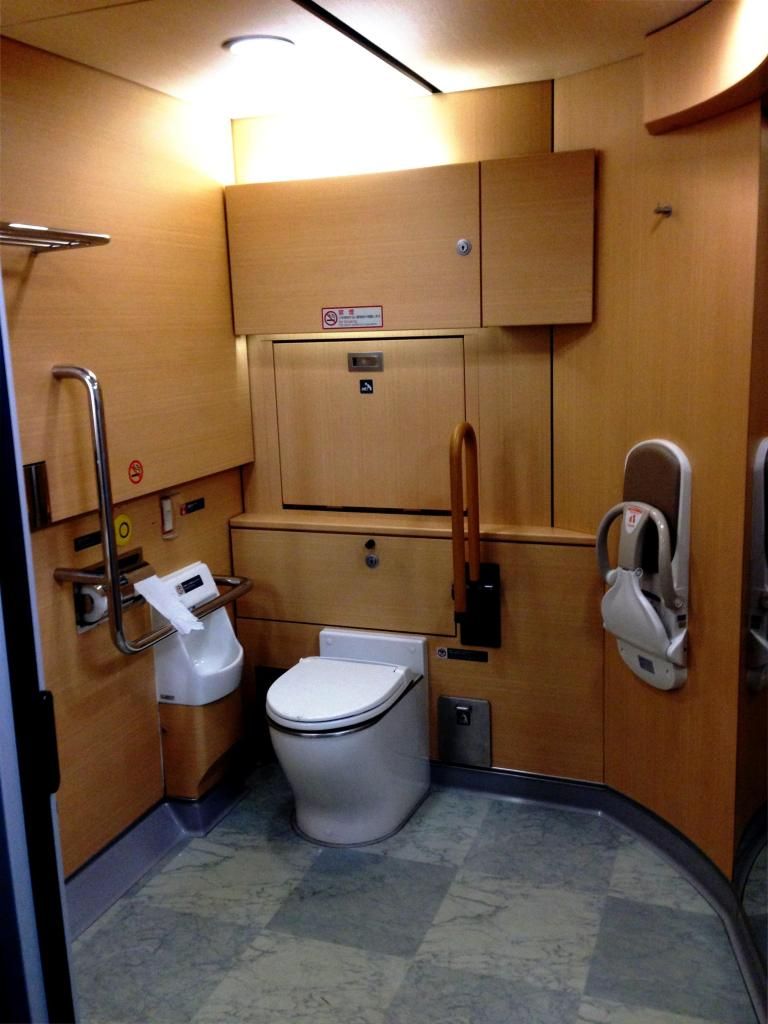 |
| Because in a practical sense, the restroom is an important aspect |
All train carriages come with a designated luggage deposit area:
 |
| Just leave your luggage there and lock it with the cables |
At long last, we arrived at our destination, Shinjuku Station!
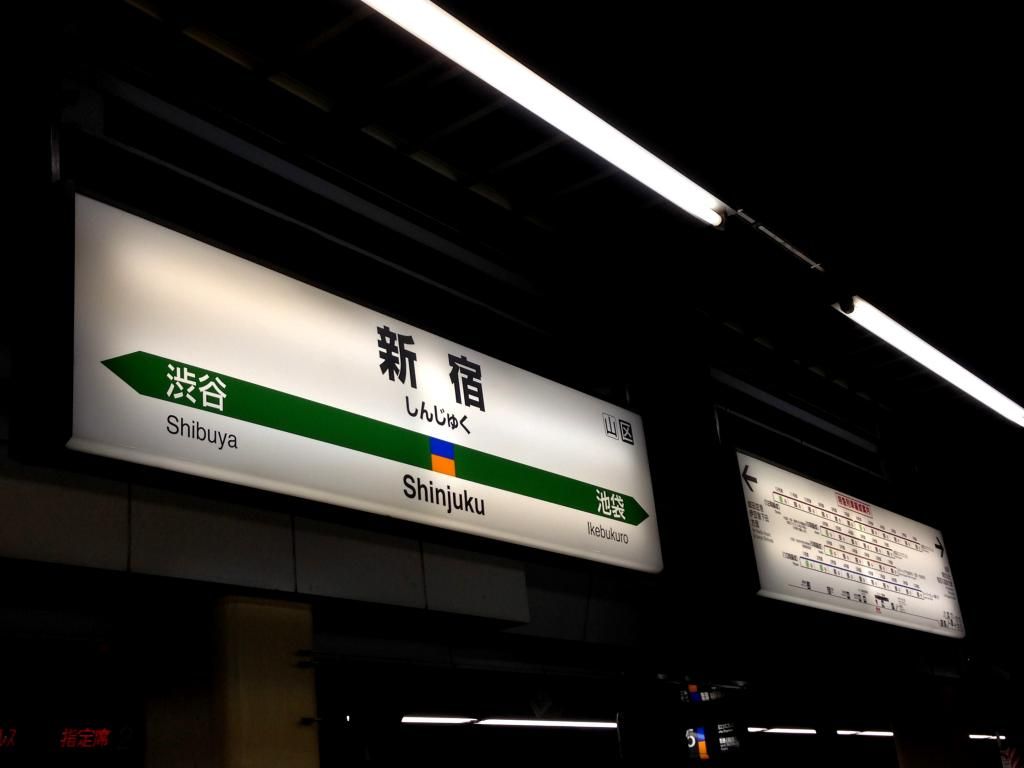 |
| Tokyo, here we come!! |
We stayed at Hotel Sunroute Plaza Shinjuku for this trip. For more details on our trip and reviews of the various places we have been, check out our itinerary listing which will be updated as we go along! Or simply subscribe to us now!
If you liked what you have read, share it with your friends today!
PS. All photos have been taken by me unless otherwise credited. Please do drop me a note or leave a comment if you would like to use any of my photos or texts in your own publications. Thank you.
